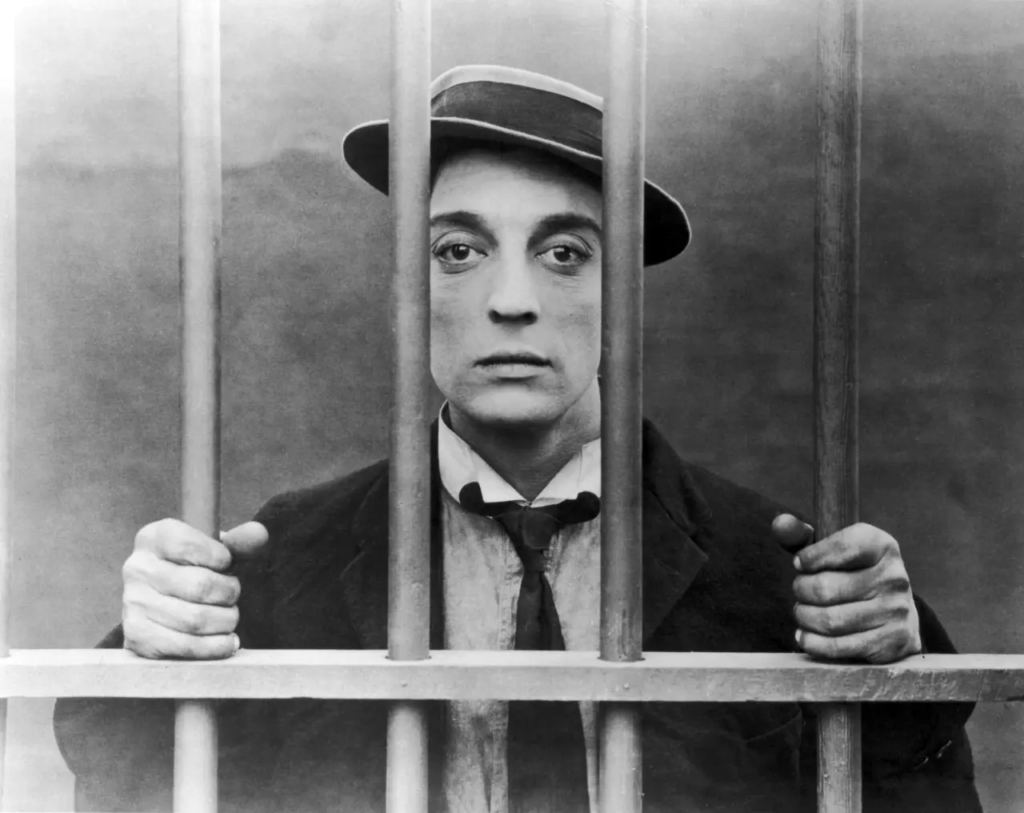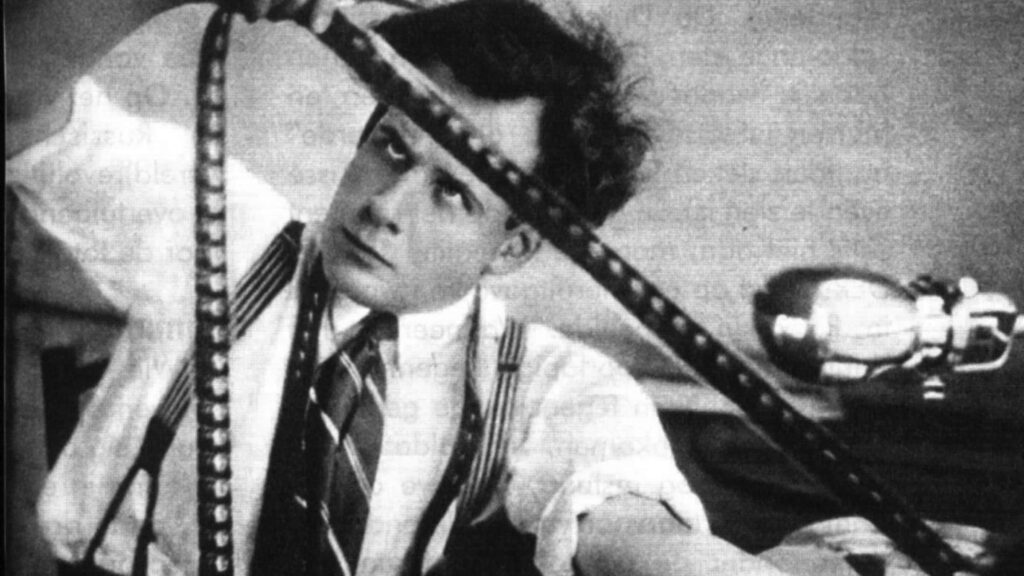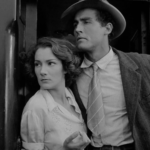Hollywood has always been the most influential film industry in the world. It has inspired countless filmmakers and maintained its leadership position. However, various movements across the globe began to challenge Hollywood’s conventions and filmmaking style. It was the time for Hollywood to upgrade itself and adapt to the changing tide if they want to stay relevant. This led to the rise of a New Hollywood era, marking a significant shift in the American film industry. It challenged traditional studio systems and embraced a more innovative approach to storytelling. Filmmakers like Martin Scorsese, Francis Ford Coppola, and Steven Spielberg emerged during this period and brought a fresh and dynamic perspective to mainstream cinema.
Although changes started happening much before, the New Hollywood era truly transformed the industry, it was during this time that a new generation of filmmakers began exploring diverse themes and introduced more artistic, thought-provoking, and innovative approaches to storytelling. This led to the creation of more daring and diverse narratives that connected with a younger, more conscious audience.
The movement also contributed to the development of blockbuster filmmaking, shaping the modern Hollywood landscape. Films like “Jaws” (1975) and “Star Wars” (1977) had massive commercial success and became influential in shaping the modern concept of blockbuster movies. These films demonstrated the potential for significant financial gains and commercial success through large-scale productions.


As a result, Hollywood had a taste of success and started producing many budget-driven stories that prioritize commercial returns.
Two of the best movies that came out of that era are ‘Taxi Driver’ and ‘The Godfather.’ Both films have elements of New Hollywood. They feature character-driven stories with ambiguous character sketches that blur the lines between good and bad. Both filmmakers are auteurs, not just directors but also the creative minds behind their films. They followed innovative and distinct approaches to storytelling. In the case of ‘The Godfather,’ Coppola also used montages and a non-linear story structure, which was also ground-breaking at that time.
Watch out for these movies, if you have not already.



